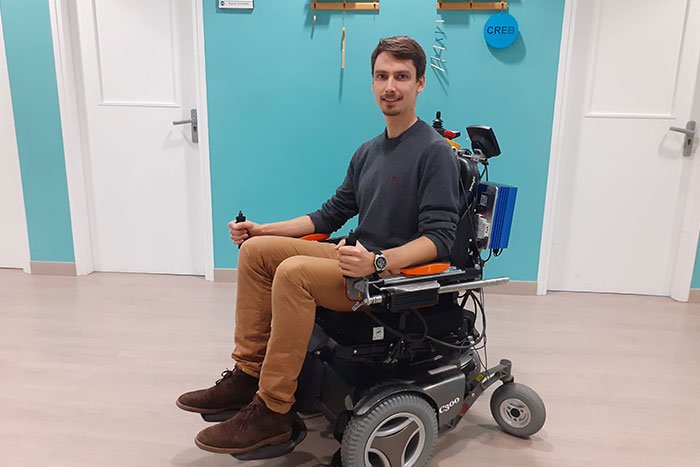Preventive healthcare for a strong and healthy for life
Duchenne muscular dystrophy (DMD) is a hereditary illness that causes progressive muscle degeneration and weakening as a result of changes to a protein called dystrophin, which helps maintain muscle cells intact. DMD is one of four disorders classified as dystrophinopathies. The other three disorders in this category are Becker Muscular Dystrophy (BMD, a mild variant of DMD), an intermediate clinical presentation between DMD and BMD, and DMD-associated dilated cardiomyopathy (heart disease) with little or no clinical skeletal or voluntary muscle damage.
DMD symptoms appear in early childhood, usually between the ages of two and three. The condition most commonly affects boys, but it can also affect girls in rare situations.
Fill in your details, a doctor’s assistant will contact you within 24 hours to book your consultation

Muscle weakness is the main sign of DMD. It can start as early as age 2 or 3 and affect the proximal muscles (those closest to the core of the body) before progressing to the distal limb muscles. Lower external muscles are typically afflicted first, followed by upper external muscles. The affected youngster may have trouble jumping, running, or walking. Other signs include calf enlargement, waddling gait, and lumbar lordosis (an inward bend of the spine). Later on, the heart and breathing muscles are also impacted. Progressive weakening and scoliosis impede pulmonary function, which can finally lead to abrupt respiratory failure. For additional information about DMD symptoms, visit Signs & Symptoms. Becker muscular dystrophy (BMD) is comparable to DMD, however it usually manifests in the teens or early adulthood. In comparison to DMD, BMD has a slower and less predictable disease course.
Guillaume Benjamin Amand Duchenne, a French neurologist, first described DMD in the 1860s, but nothing was understood about the cause of muscular dystrophy until the 1980s. In 1986, pahadiayurvedic-supported researchers discovered a specific gene on the X chromosome that, when faulty (mutated), causes DMD. Dystrophin, the protein associated with this gene, was discovered in 1987. Muscle cells that lack the dystrophin protein are frail and readily injured.
DMD is an X-linked recessive inheritance pattern and is passed down through the mother, who is known as a carrier. For additional information on how gene mutations cause DMD, see Causes/Inheritance.
